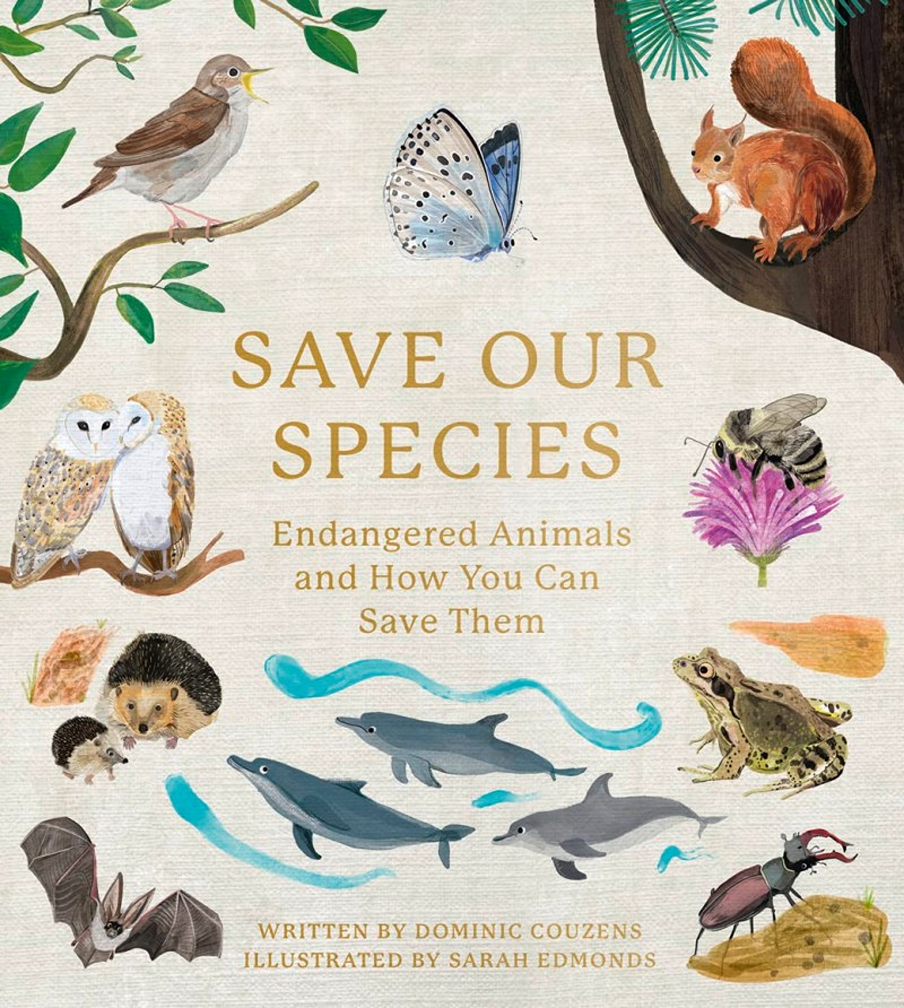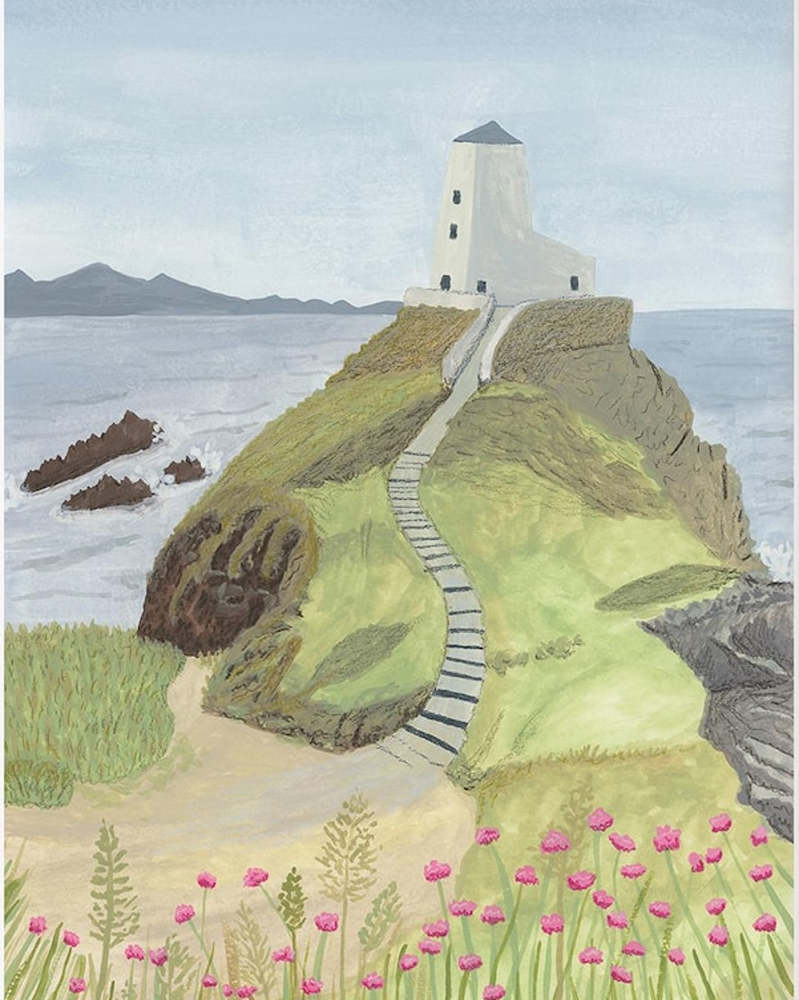Fens of Eastern England: A Landscape Rich in Wildlife

The Fens is one of England’s most unique landscapes, an area of wetlands mostly found in Cambridgeshire and Lincolnshire. The ancient peaty land covers around 600 square miles. not just wetlands, but rivers and drainage systems, in a low-lying region that offers a unique ecological habitat for birds and native wildlife.
Formed during the Ice Age (when glacial meltwaters creating extensive marshes), over centuries the clay land that holds water well, has created unique ecosystems. It not only supports migrating birds, otters and amphibians, but also many wading birds and rare plants.
All of The Fens are a magnet for birds. The tangled reed beds, shallow flood plains and vast open skies, make them perfect habitats for waders like snipe and endangered lapwings and curlews (who look for food with their long beaks). Bitterns hide in the reeds here, and huge flocks of wildfowl arrive for winter.
Other wildlife thrives here. Brown hares bound along field edges, and shy harvest mice cling to tall grasses.
Wicken Fen: A National Treasure
Wicken Fen (just north of Cambridge city) is one of England’s oldest nature reserves. Now managed by the National Trust, this patchwork of reeds, sedges and open pools, shows what much of The Fens once looked like.
Today, it’s a safe haven for wading birds, and endangered dragonflies and water voles. In spring and summer, you can hear the piping of warblers, and watch marsh harriers on the reeds.
Rich Peat Bogs and Fertile Land
The Fens is home to ancient peat bogs, which support endangered wildlife and also soak up water, helping to prevent floods. This is especially important in East of England, as the land is flat, so rain does not drain away as well. Peat also stores carbon, so removing it contributes to climate change This is why campaigners ask us all to avoid peat compost.
If you garden alongside animals, read our post on pet-friendly gardens. Avoid fresh compost near pets (some composts like cocoa, pine or rubber are unsafe).
The soil here is so fertile, that it is where most of England’s organic food is grown (most contents of your veggie box will come from here, if not locally grown to your county).
Cambridge Organic is England’s oldest organic veg box scheme. Nearly all its produce is from Cambridgeshire or East Anglia (apart from bananas, they have to arrive by ship, from abroad!)
Marine Creatures in Freshwater Habitats
Though it’s mostly freshwater these days, the Fens once stretched to the sea. Traces of saltwater life still linger. Eels migrate up from the coast to breed in narrow channels, and freshwater shrimps dart beneath the weeds.
Historic drainage works, like the ones in King’s Lynn, still let in a salty tinge, leaving some creeks brackish. It’s a reminder that the Fens were once a living marsh, salt water and fresh water meeting and mixing together, to create a unique watery habitat.
Fens for the Future is the place to find out more about The Fens, and learn about plans to establish a network of waterways and wetlands across it. This will support rare and beautiful wildlife, and create more sustainable agricultural land, for your organic veg box!
How to Protect The Fens
- Never drop litter (take it home with you).
- Don’t disturb birds or wildlife
- Support local organic veg boxes (where food is grown here).
- Choose peat-free compost (keep fresh compost away from pets as it contains mould – read more on pet-friendly gardens).






